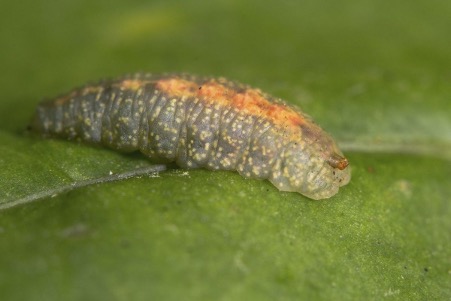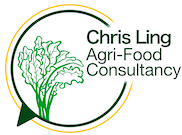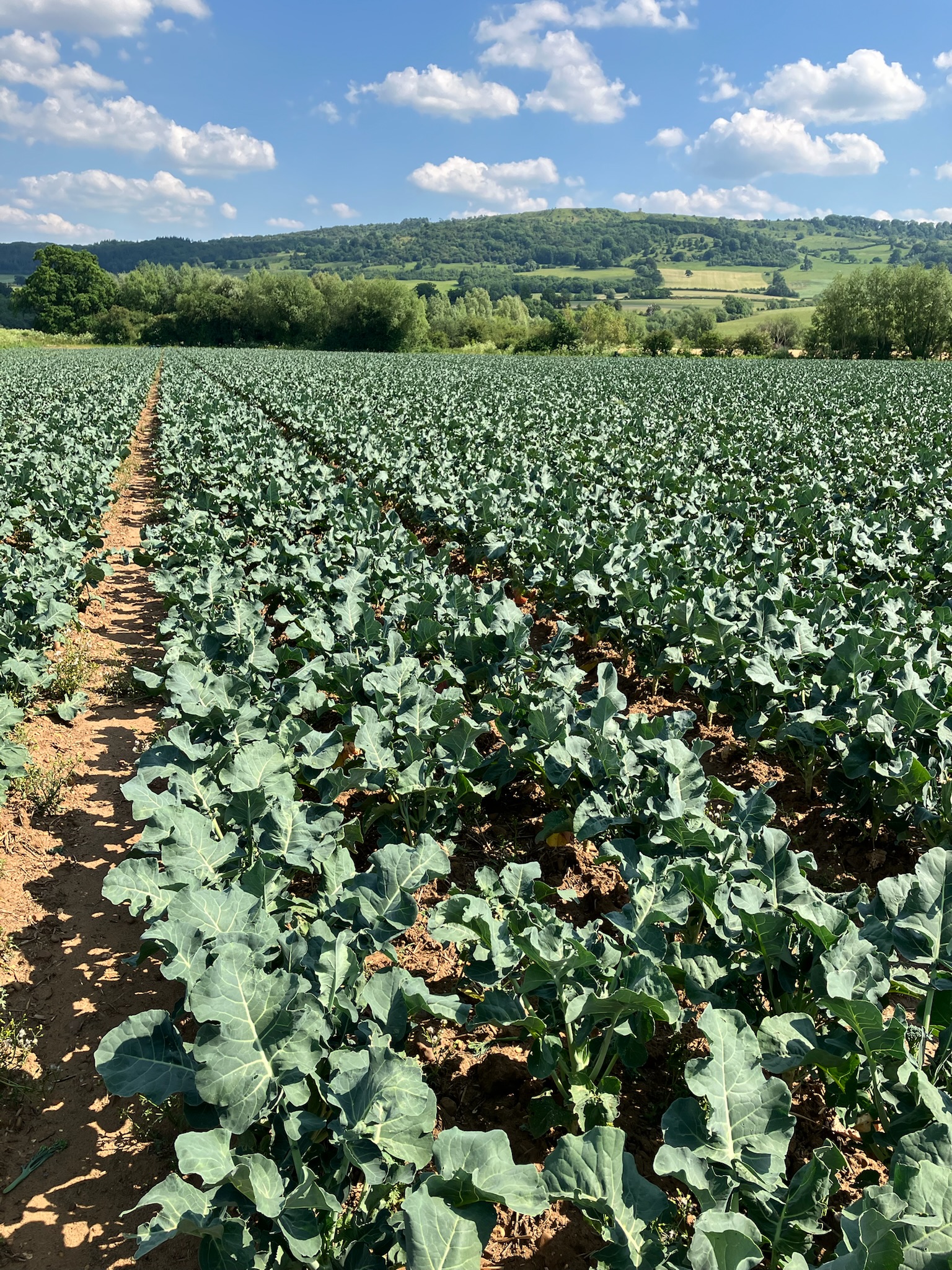My grammar may not be perfect, nor for that matter my punctuation, as you might consider when you read the title to this piece!
This article discusses an important question we need to find solutions to as professionals who work in the agri-food sector (from growers, input suppliers, through wholesalers to retailers) and in wider society to determine what is acceptable. I do not believe I can adequately provide any sort of definitive answer: I may only posit more questions, but the general point needs answers.
Let me present you with a scenario and ask some questions relating to it and provide a few answers. What would you do, as a consumer as well as professional in the sector, if you found the larvae looking like the one in the picture below in a pack of vegetables?

Let me ask a few further questions.
Can you identify it, and do you know what it does to crops? It is a hoverfly larva, and it is not a crop pest. In fact, it is a beneficial insect as it feeds on aphids and scaley insects. It also is a pollinator, second to bees only. It is important!
Would you know what it was if you found it in a pack of veg? Not many of us would, I hazard.
Assuming you did not know its beneficial nature, would you complain to the retailer from whom you purchased a pack of veg which had some of these larvae in? Some people would and do, probably because they do not know the difference between insect pests and the beneficial ones. I had such an experience with my last employer from a retail customer whose purchasing team did not know the difference either and even we were not certain until we had confirmation.
Following this, what is the correct course of action: should we spray the crop with a pesticide as it contains insect larvae which consumers are complaining about (and those of us who have worked in or with retailers know what an important KPI consumer complaints are), or should we say that it is wrong to use a chemical insecticide unnecessarily? The answer ought to be clear, that we absolutely should not use pesticides if they are not required, but it becomes difficult when customers do not like the presence of any insects or their larvae. If we choose to spray, we also need to consider the effects on other beneficial insects like bees and ladybirds.
This could equally apply to fungicides. There is more biological matter in the soil, consisting of worms, micro-organisms and fungi, especially the latter, than there is a above the ground in the vegetation. Soil full of fungi is normally healthy and active and able to support the growing of crops. Resorting to spraying with fungicides should be the last recourse we consider as it will have an impact on the soil biomass.
This gets to the heart of the societal choices we face as we transition from a food industry which, over the last 70 years or more has focussed on cheap, abundant food to one where we need to look after biodiversity, reduce greenhouse emissions and still deliver quality, value for money, safety, healthy and nutritious food. Sometimes there will be hard choices to make as it may be impossible to do all these at the same time.
In answer to the scenario I have presented, my suggestion is that we should avoid chemical pesticides and communicate to the consumer the exact nature of what they have complained about. There is a massive piece of education to be done with the wider public about the dilemmas we face in trying to present food to them to be as attractive as possible while at the same time reducing the negative impacts we have on the environment. Schools could do more, though most teachers do not have the knowledge or skills to present the complexity of the situation. I believe it will require the professionals and businesses who work in this sector to take the lead to inform the public at every opportunity about the choices we need to make to have the food we all want, that is healthy, nutritious, safe, good value, plentiful, low environmental impact, etc.What do you think?

